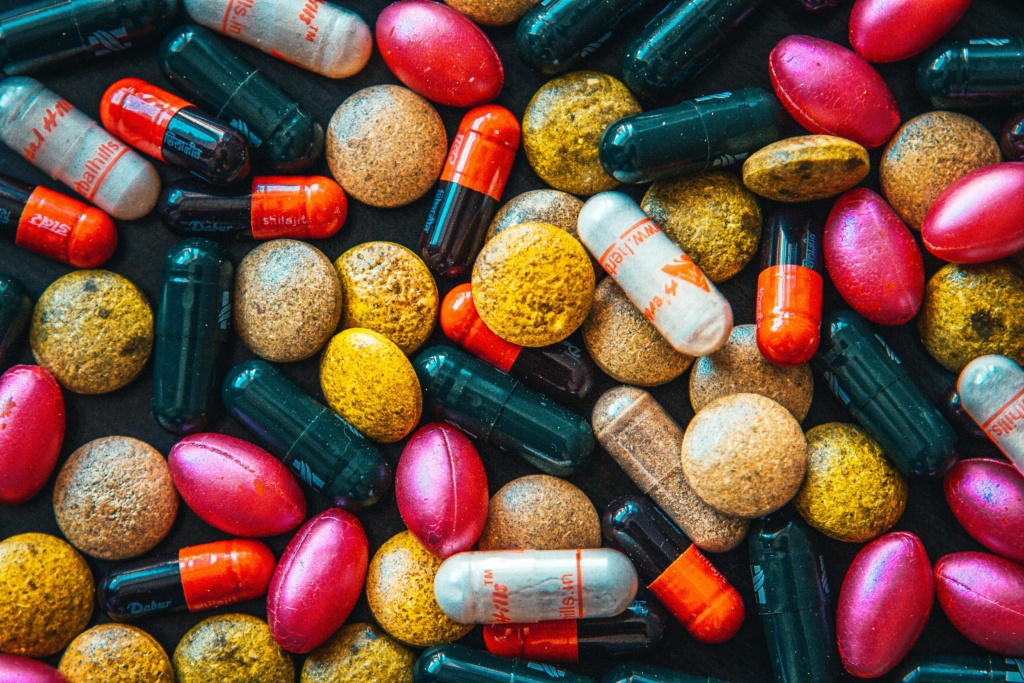10 Most Common Toxic Heavy Metal Sources

Toxic heavy metals, such as lead, mercury, cadmium, and arsenic, are everywhere in our environment and can profoundly affect human health. Due to their widespread presence and potential for detrimental health effects, heavy metal toxicity is a significant concern.
Medical Medium, a renowned source for holistic health insights, underscores the importance of addressing heavy metal exposure in maintaining overall well-being. Toxic heavy metals can disrupt various bodily functions, including neurological processes, immune system function, and detoxification pathways. Moreover, they are implicated in chronic conditions such as autoimmune disorders, neurological disorders, and cancer.
Conventional medical research also highlights the adverse effects of heavy metal exposure on health. Studies have linked heavy metal toxicity to a range of health issues, including developmental disorders in children, cardiovascular diseases, reproductive problems, and cognitive impairments.
“Because of their high toxicity, arsenic, cadmium, chromium, lead, and mercury rank among the priority metals of public health significance. These metallic elements are considered systemic toxicants that are known to induce multiple organ damage, even at lower levels of exposure. They are also classified as human carcinogens according to the U.S. Environmental Protection Agency and the International Agency for Research on Cancer.” National Library of Medicine.
Given the pervasive nature of toxic heavy metals in our environment, it’s essential to recognize the various sources of exposure and take proactive measures to minimize risks.
10 Most Common Heavy Metal Sources
1. Tap Water
While a vital resource, tap water can sometimes harbor hidden dangers like toxic heavy metals. Aging infrastructure, industrial runoff, and natural deposits in soil can contaminate water supplies with metals like lead, mercury, and arsenic. Prolonged exposure to these substances, even in trace amounts, can pose severe health risks, impacting neurological functions and overall well-being. Regular heavy metal testing, proper filtration systems, and vigilant monitoring by water authorities are essential to ensure safe drinking water for you and your family.
2. Canned Foods and Dried Herbs/Spices
Everyday kitchen essentials like canned foods and dried herbs/spices can also be sources of heavy metals. Canned goods, due to their linings, might have low levels of metals such as lead or cadmium that could transfer into the food. Similarly, herbs and spices from different regions might absorb heavy metals from the soil or water during growth and processing. Consistent consumption of such items with trace metal levels could raise health considerations, highlighting the importance of mindful sourcing, quality heavy metal tests, and minimizing exposure to these substances.
(Reference:[ClassAction.org](https://www.classaction.org/news/mccormick-herbs-spices-contain-heightened-levels-of-toxic-heavy-metals-class-action-alleges))

3. Fresh Produce
Fresh produce, while an essential part of a healthy diet, can carry traces of heavy metals. Certain agricultural practices deliberately use chemicals containing heavy metals as part of the formulation or as unintended contaminants. Some fertilizers, especially those from industrial origins, may also carry toxic heavy metals like cadmium, lead, or arsenic. When used excessively, these metals have the potential to accumulate in the soil, posing concerns for crops. Mindful selection of produce sources, organic options, washing produce, and awareness of farming practices can assist in reducing potential exposure.
4. Seafood
Certain species of fish and seafood, especially larger predatory varieties such as shark, swordfish, and some types of tuna, can be potential sources of mercury, one of the most toxic heavy metals. This mercury originates from natural sources and industrial activities and can become poisonous if consumed regularly or over time. Being mindful of fish choices, opting for smaller species or varieties known to have lower mercury levels, such as sardines and/or trout, and adhering to recommended consumption guidelines can help mitigate the risk of exposure to these toxic heavy metals. If you consume fish, it is always best to avoid purchasing farmed fish and opt for wild-caught.
5. Coffee and Teas
While coffee and tea are beloved beverages enjoyed by many, they can also be a source of exposure to heavy metals. The plants that produce these beverages can absorb metals from the soil, water, or air during growth. Additionally, specific processing methods or packaging materials may introduce traces of metals into the final product. Regular consumption of coffee and tea with elevated metal levels, such as lead or cadmium, may contribute to cumulative exposure over time. Choosing organic options, monitoring brewing methods, and being aware of sourcing can help mitigate the risk of heavy metal exposure.

6. Pots, Pans, Food Storage & Aluminum Foil
Cookware and food storage materials made from certain metals, such as aluminum, non-stick coatings, or older materials, may pose a risk of metal leaching into food. High temperatures, acidic or salty foods, and scratches on the surface can accelerate this process. Aluminum foil can transfer aluminum into the food when used in cooking or wrapping acidic foods. Opting for stainless steel, cast iron, or glass alternatives, especially when cooking acidic dishes, and replacing worn or damaged cookware can reduce exposure to heavy metals in the kitchen.
7. Copper and Lead Pipes
The plumbing infrastructure in older buildings may still utilize copper or lead pipes, which can contaminate drinking water. Over time, these pipes’ corrosion or wear and tear can lead to the release of copper or lead particles into the water supply. Regularly inspecting plumbing systems, especially in older homes or buildings, and considering water filtration systems or pipe replacement, if necessary, are essential steps to minimize exposure to these heavy metals.
8. Personal Care Products
Cosmetics and deodorants are everyday personal care items that may contain heavy metals as impurities or intentional additives. Certain cosmetics, especially those from less regulated markets, may contain lead, mercury, or other metals. Regularly using these products can result in prolonged skin contact or absorption through mucous membranes, potentially leading to health concerns. Choosing products from reputable brands with transparent ingredient lists and considering natural or mineral-based alternatives can help reduce exposure to heavy metals in personal care routines.

9. Pharmaceuticals
Some traditional medicines or herbal remedies may contain heavy metals due to contamination during production or as natural components of the ingredients. Improper sourcing, processing methods, or lack of quality control measures can lead to elevated metal levels in pharmaceutical products. Consumers should exercise caution when using traditional medicines, especially those imported or purchased from less regulated markets, and consult healthcare professionals for safe usage and potential heavy metal exposure risk.
10. Oral Care Products and Fillings
Dental products such as fillings, fluoride treatments, retainers, or braces may contain heavy metals like mercury or lead. Amalgam fillings, which contain mercury, have been a concern regarding potential health risks associated with mercury exposure. Patients considering dental procedures should discuss alternative options with their dentist and inquire about the composition of dental materials used. Additionally, proper disposal of old fillings and adherence to recommended oral care practices can help minimize exposure to heavy metals in dental settings.
Are you concerned about heavy metals affecting your well-being? Are you ready to take action to reduce toxins and metals in your body? Join us for the Empowered Wellness Monthly Membership, where we’ll guide you through starting a cleansing lifestyle tailored for sensitive bodies. Let’s prioritize your health and well-being together!
Explore safe wellness products recommended by Dr. Kimberly and access exclusive discount codes and helpful links here.

